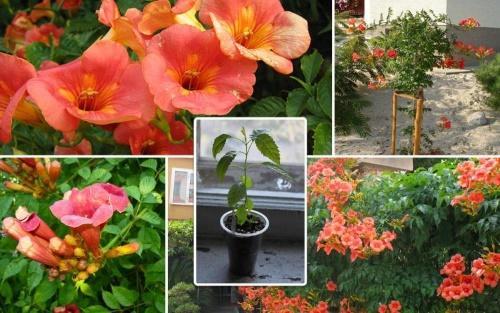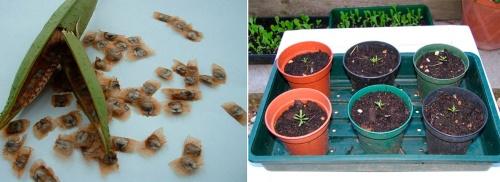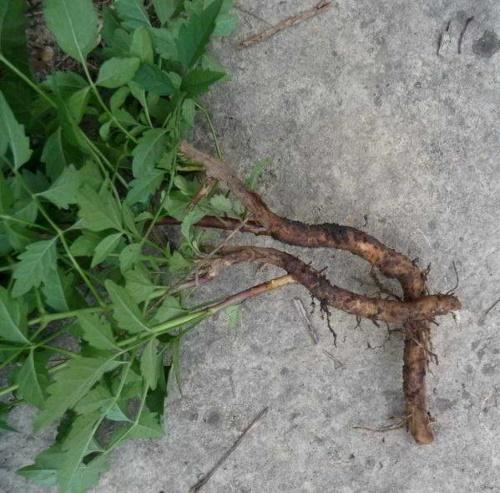How to propagate Kampsis - all ways to get a new vine
 Campsis attracts many and not only for its original flowering, but also for its unpretentious nature and good growth rates. If you decide to plant this crop on the site, it does not hurt to know how to propagate Kampsis. Wonderful orange bells can decorate even the most unsightly corner. The creeping shoots of a bush with a dense deciduous cap will turn a garden arch or a wall of a farm building into a corner of wildlife. It is not surprising if soon you want to plant a few more bushes of this flowering vine.
Campsis attracts many and not only for its original flowering, but also for its unpretentious nature and good growth rates. If you decide to plant this crop on the site, it does not hurt to know how to propagate Kampsis. Wonderful orange bells can decorate even the most unsightly corner. The creeping shoots of a bush with a dense deciduous cap will turn a garden arch or a wall of a farm building into a corner of wildlife. It is not surprising if soon you want to plant a few more bushes of this flowering vine.
It is not at all difficult to propagate Kampsis, because it is very tenacious. Both cuttings and cuttings take root well. In general, this can be done in two ways: seed and vegetative. Let's dwell on each of them in more detail.
How to propagate kampsis by seeds

The shrub is rarely propagated by seeds, mainly by amateurs of this business. This is not only due to the troublesome care of the seedlings. Bushes obtained from seeds do not retain their parental characteristics and may have a lower winter hardiness. If you plan to harvest seeds from your own plant, you will have to wait 8 years. Accordingly, a bush grown from seeds will bloom only after this time.
Methods of vegetative propagation of kampsis
The vegetative method has much more advantages than the seed method. New plants are stronger, winter better and bloom earlier. You can get them using:
- Root shoots. Campsis is increasing it so much that it has to be cut annually. In the spring, before the next pruning of the bush, you should carefully dig out the young shoot along with a fragment of the root. In this case, the growth itself should have at least a dozen of its own small roots. Delenka must be dropped off at a permanent place. You can plant the shoots in the fall, but before frost, so that the bushes have time to take root.

- Layering. The vine has an interesting ability to form roots on the shoots themselves. With miniature but strong roots, it clings to the support and reliably fixes the branch on it. You can take advantage of this and dig in the lower shoot in the spring. Already in the current season, it will take root in the soil. However, it is better to separate and deposit the layers for the next spring.

- Cuttings. Both young and lignified shoots are suitable as planting material. The cutting itself must have at least 3 buds, while it is better to use the central part of the branch. Lignified cuttings you need to take in the spring, and you can plant them immediately in a permanent place. Green cuttings are carried out in the summer, and the shoots take root first in the mother liquor. Young Kampsis can be planted only next spring.

As you can see, the fastest result will be obtained by reproduction of kampsis by shoots and lignified cuttings. For cuttings and green cuttings, you need to wait until spring.